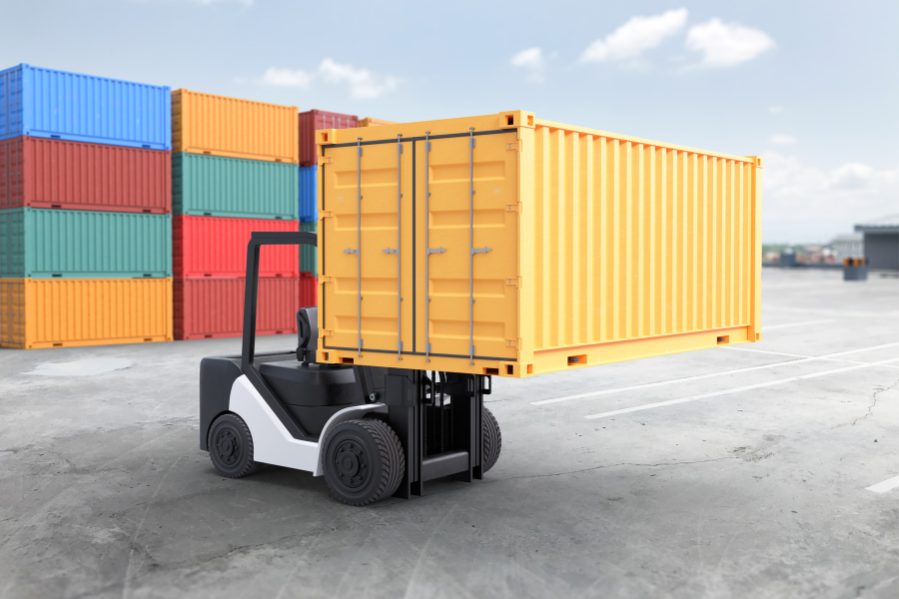Ocean freight shipping plays a critical role in global trade, providing an efficient way to transport goods across vast distances. Among the two primary methods of shipping—Full Container Load (FCL) and Less than Container Load (LCL)—choosing the right option can significantly impact costs, delivery timelines, and overall efficiency.
In this article, we’ll explore the differences between FCL and LCL, key factors to consider when choosing between them, and practical scenarios to help you make informed decisions for your business.
FCL vs LCL: Choosing the Right Fit for Your Freight
FCL (Full Container Load) and LCL (Less than Container Load) are the two primary options available for ocean freight shipping. Understanding the differences between them is essential for making informed decisions.
| Feature | FCL (Full Container Load) | LCL (Less than Container Load) |
| Definition | Exclusive use of the container for one shipper’s goods | Shared container space with goods from multiple shippers |
| Cost Structure | Flat fee for the entire container | Cost based on cargo volume or weight |
| Ideal Shipment Size | Large volumes (15+ cubic meters) | Small volumes (less than 15 cubic meters) |
| Transit Time | Faster, no consolidation delays | Slower due to consolidation and deconsolidation |
| Risk of Damage | Low risk, less handling | Higher risk due to shared space and more handling |
| Flexibility | Limited for small shipments | Highly flexible for varying shipment sizes |
| Customs Clearance | Fewer delays, goods are exclusive | Potential delays due to issues with shared goods |
Key Factors to Consider When Choosing FCL or LCL
Choosing between FCL and LCL requires careful analysis of your shipment’s unique requirements. Factors like shipment size, cost implications, transit time, and risk tolerance play a pivotal role in determining the best option. Understanding how these elements align with your logistics needs ensures that your freight is handled efficiently and cost-effectively, minimizing risks and delays.
1. Shipment Size and Volume
FCL is most cost-effective for shipments exceeding 15 cubic meters, such as a 20ft container that holds about 33 cubic meters. On the other hand, LCL is better suited for smaller shipments under 15 cubic meters, where paying for an entire container is not feasible.
2. Cost Implications
FCL involves paying a flat fee for the entire container, making it economical for bulk shipments since the cost per unit decreases as volume increases. LCL costs are based on volume or weight and often include additional fees for consolidation and deconsolidation.
3. Transit Time
FCL generally offers faster transit times because there is no need for consolidation or deconsolidation, and minimal handling reduces the risk of delays in ocean freight shipping. In contrast, LCL may have longer transit times due to the time spent consolidating goods from multiple shippers and sorting them at the destination.
4. Risk and Security
FCL reduces the risk of damage since the container exclusively holds your goods, making it suitable for fragile or high-value items. LCL has a higher risk of damage due to shared space and more handling. Customs delays can also occur if other shippers’ goods face issues.
5. Flexibility and Availability
FCL offers less flexibility for smaller shipments and can be harder to book during peak seasons due to high demand. LCL provides greater flexibility for shipments of varying sizes and is easier to find space for during peak shipping periods.
Real-World Scenarios: Choosing FCL vs LCL
Here are some practical examples to illustrate how businesses can determine whether FCL or LCL is the better option for their ocean freight shipments.
Scenario 1: High-Volume Manufacturer
For businesses that ship large quantities of goods on a regular basis, such as manufacturers, FCL is often the most suitable choice. By utilizing the entire container, these companies benefit from cost-efficiency as the cost per unit decreases with higher volumes. FCL also ensures faster transit times and reduced handling, minimizing the risk of delays or damage during the shipping process.
Scenario 2: Small E-Commerce Business
E-commerce businesses that ship smaller batches of products to customers can greatly benefit from LCL. This option allows them to share container space and pay only for the portion they use, making it a cost-effective solution for businesses with limited shipment sizes. The flexibility of LCL also enables these businesses to adapt to fluctuating order volumes without incurring unnecessary costs.
Scenario 3: Urgent Shipment of Fragile Goods
When shipping high-value or fragile items that require extra care and must arrive on a strict timeline, FCL is the optimal choice. The exclusive use of a container reduces handling and ensures better protection for delicate goods. Additionally, the faster transit times associated with FCL help meet tight delivery deadlines, making it a reliable solution for urgent shipments.
Conclusion
Choosing between FCL and LCL for your ocean freight shipments depends on a variety of factors, including shipment size, cost, transit time, and risk tolerance. While FCL offers speed and security for large shipments, LCL provides flexibility and cost savings for smaller loads.
By carefully assessing your specific needs and working with a reliable freight forwarder, you can ensure smooth, efficient, and cost-effective shipping. Start planning your next shipment with confidence today!



